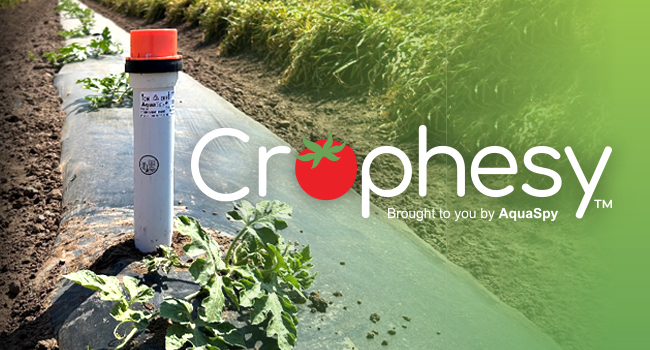Why doesn’t the AgTech connect?
Agriculture is often perceived as resistant to agricultural technology, or agtech when in fact growers in general are in favor of systems that reduce hard field labor or improve the quality/value of their products. The main issues focus on usability for agtech products; growers are for the most part business people with a wide range of environmental variables and market conditions that define their respective businesses, and their use cases for agtech are not similar at all. One problem that is broadly shared is connectivity. Rural Communities, sparsely populated with economies relying primarily on agriculture are not as well served by digital communications services as metro areas are. Efforts by the federal government to increase broadband availability in rural areas are effective, even so about 20% of rural households and businesses do not have reliable access to broadband.
Broadband is a requirement for many Internet of Things (IoT) type devices that communicate data to a remote location for processing. Data intensive applications include:
- Streaming drone video
- Highly accurate LIDAR
- Remote device control
In addition to high data demands, these systems can be vulnerable to latency issues which can lead to data corruption. Many devices rely on a dedicated SIM card for cell connection tied to one carrier network. If that carrier’s coverage is poor in the area, connectivity is of poor quality and unreliable.
“Bad” cell service depends on the perspective of the user
For field applications, cellular is a desirable data transmission method because it is the most straightforward field connection, being a mobile technology. Rural cellular is often not the same as metro, carriers deploy base bandwidth at lower frequencies for better range and penetration, but lower data rates. For the agtech vendor, systems that worked well in the lab don’t connect in the field.
When people say “bad cellular” they could mean:
- Poor call quality
- Limited support for interactive games etc.
- Low data rates cannot support Internet of Things (IoT) or Edge devices, which can include AgTech
Growers in rural areas can expect the first two experiences regularly. Because of this, they tend to believe the third is universally true, and early experiences with agtech can bear that out due to data rate restrictions. Also, many AgTech devices that rely on cell for data transmission often have a dedicated connection (SIM) card or chip for one carrier that might not have good coverage in the area. The device simply can’t connect to the service available.
As a result many growers believe that AgTech won’t work on their farm.
Connect on your farm with AquaSpy
AquaSpy uses the latest eSIM technology from Teal, connecting automatically to the best available service quickly and reliably. We know we have to work from the position in the field that you select the first time, so we’ve used our 10+ years experience in cellular connections to deploy the best antenna/transceiver pairing available for our application as well.
The proven Crophesy sensor technology takes discrete concurrent measurements, packages them and sends a digital “package” at regular intervals spaced appropriately to take advantage of multiple retry and avoid latency issues. No streaming. No bandwidth throttling. Proven reliable.
Our systems are operating in the U.S. and 16 countries, including South/Central America, Africa, Europe, Asia and Australia.
Contact Us for more information or to place an order.

